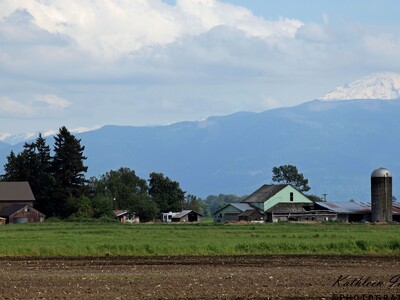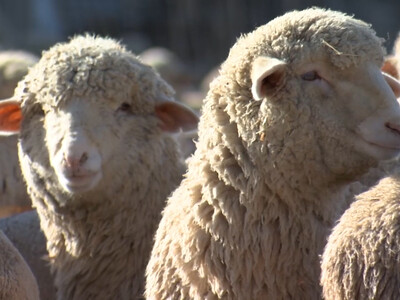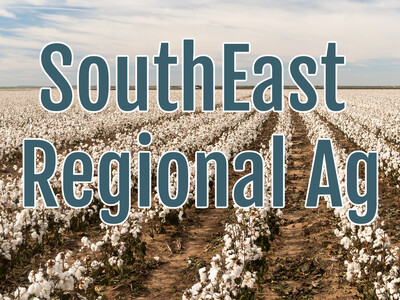Proposed H-2A changes
On July 26, the Department of Labor published a proposed rule that would amend its regulations regarding certain provisions of the H-2A program. Among the many changes in the proposed rule are revisions to the methodologies used to determine the Adverse Effect Wage Rate. Rather than a single AEWR for all H-2A workers within a region, DOL has proposed AEWRs by agricultural occupation. The proposal reflects the department's concern that the current AEWR methodology for field and livestock workers (combined) may have an adverse effect on the wages of workers in higher-paid agricultural occupations, such as farmworker supervisors and construction laborers on farms. Following the data supplied by DOL in the proposed rule, this Market Intel will look at what the proposal means for farms utilizing the H-2A program.Current Procedures
The current AEWR is based on data from the Farm Labor Survey, a quarterly USDA survey that provides estimates of the number of hired workers, average hours worked and wages paid to workers employed on U.S. farms. Hired workers include field workers, livestock workers, supervisors, administrative employees and other workers employed directly by farmers. Field and livestock workers include employees who operate farm equipment. The FLS excludes contract workers, who are paid by a crew leader, contractor, buyer, processor, cooperative or another person who has an oral or written agreement with a farmer/rancher.
Approximately 12,000 farms are surveyed each January, April, July, and October. The survey includes both full-time and part-time workers, as well as workers who work either part-year or year-round. Wages consist of cash wages before taxes and other deductions. Wages not paid on an hourly basis (e.g., a salary or piece rate) are converted to hourly rates. Average hourly wages are total wages by type of worker (i.e., crop, livestock, and all hired workers) divided by total hours worked. Wages do not include fringe benefits, bonuses, housing or meals.
USDA publishes annual estimates of average hourly wages for field and livestock workers in 15 regions. The 15 regions include 46 states. Separate estimates are published for California, Florida, and Hawaii and Alaska is not included in the survey. The AEWR is the same for each state within a region; for example, the Pacific Region AEWR is the same for Oregon and Washington. Similarly, the Northeast I Region AEWR is the same for Connecticut, Maine, Massachusetts, New Hampshire, New York, Rhode Island, and Vermont. Nationwide, there may be up to 18 different adverse effect wage rates (i.e., if the rates are different for each of the 15 regions and the three states that are reported separately). The AEWR is the weighted average hourly wage for field and livestock workers (combined) from the previous year’s quarterly surveys.
Some policymakers are concerned the current AEWR does not provide sufficient wage detail by area, occupation, or level of skill and experience required by employers. Currently, the AEWR applies equally to all crop workers, livestock workers, and farm equipment operators in a region or state. However, within a region or state, wages for the same occupation may vary because of differences in the cost of living or in the relative supply of or demand for workers.
Perhaps in preparation to answer future questions about differing wage rates based on occupation, in 2014 the FLS also began asking respondents to classify hired workers by the Standard Occupational Classification System. SOC codes include: Graders and sorters, agricultural products (42-2041); Agricultural equipment operators (42-2091); Farmworkers, crop, nursery, and greenhouse (42-2092); Farmworkers, farm, ranch, and aquacultural animals (42-2093); Agricultural workers, all other (42-2099); Packers and packagers, hand (53-7064); Farmers, ranchers and other agricultural managers (11-9013); and First-line supervisors of farming, fishing workers (45-1011).













